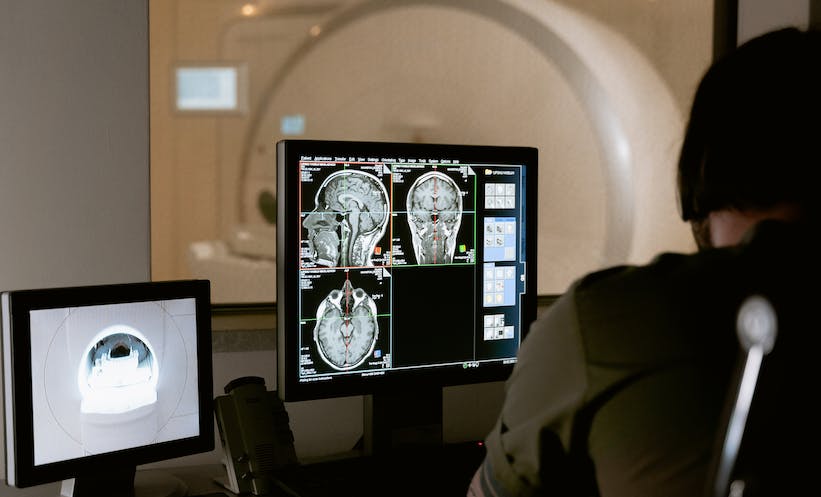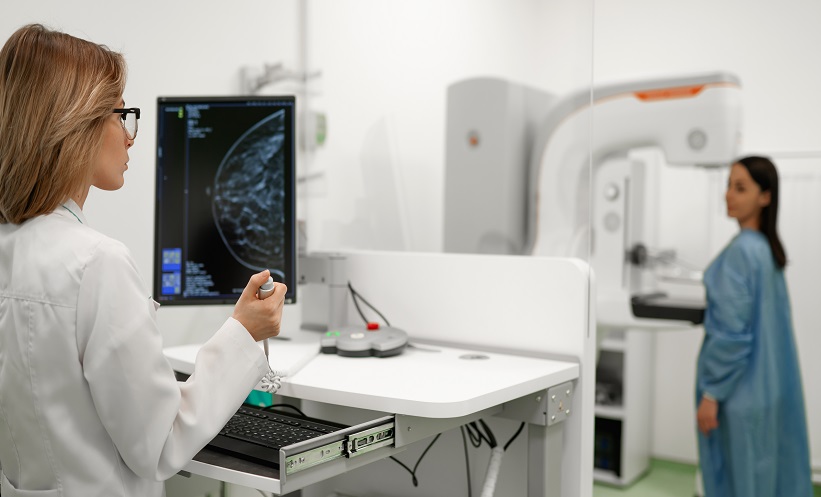NOVEL research suggests that photon-counting detector CT (PCD-CT) myelography could facilitate earlier diagnosis of spontaneous intracranial hypotension (SIH). Cerebrospinal fluid-venous fistulas (CVF) have been increasingly recognised as a cause of SIH, and are often diminutive in size, and difficult to detect by conventional imaging.
Timothy Amrhein, Duke University Medical Center, Durham, North Carolina, USA, and colleagues, conducted a retrospective study to compare PCD-CT myelography with energy-integrating detector CT (EID-CT) myelography for detection of CSF leak in 38 patients with SIH (mean age: 55 years; 61% female). Three blinded radiologists compared overall image quality, image noise, and spinal nerve root discernability, using 0–100 scales (100=highest quality).
For all readers, PCD-CT myelography showed significantly higher image noise in comparison with EID-CT myelography (Reader 1: 69±19 versus 38±15; Reader 2: 59±9 versus 49±13; Reader 3: 57±13 versus 43±15), as well as higher nerve root sleeve discernibility (Reader 1: 84±19 versus 30±14; Reader 2: 84±19 versus 70±19; Reader 3: 60±13 versus 52±12). Furthermore, the reviewing radiologists all perceived higher image quality with PCD-CT myelography, compared to EID-CT (Reader 1: 84±21 versus 40±15; Reader 2: 81±10 versus 72±20; Reader 3: 58±11 versus 53±11).
In addition, PCD-CT myelography showed significantly higher sensitivity (P<0.05) than EID-CT myelography, without significant difference in specificity (P>0.05). While the team acknowledged higher false positives for CVF for PCD-CT than EID-CT myelograms, they suggested the study’s reference-standard criteria may have been a contributing factor; they also pointed out successful treatment for possible CVFs for most patients who had a PCD-CT myelogram. Amrhein emphasised: “Given the high morbidity during the challenging and potentially prolonged diagnostic workup for CVFs, increased sensitivity at the expense of potentially lower specificity may be warranted in this clinical context.”
The authors concluded that PCD-CT myelograms, in comparison with EID-CT myelograms, showed significantly higher image quality, discernibility of nerve root sleeves, and sensitivity for detection of CVFs, without a significant loss of specificity. These findings support a potential role for PCD-CT myelography in facilitating earlier diagnosis and targeted treatment in patients with SIH.








